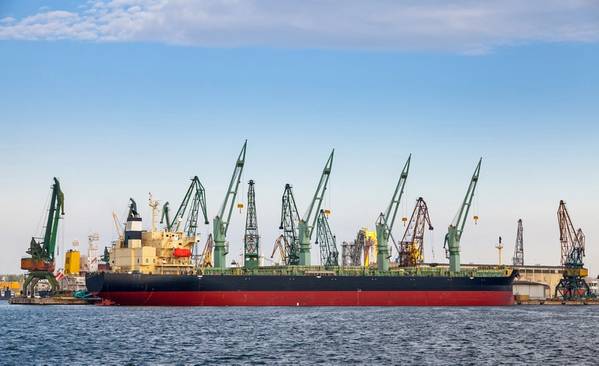
The Baltic Exchange's main sea freight index, tracking rates for ships carrying dry bulk commodities, hit an over three-month high on Friday as a rally in the capesize vessel segment helped the index record its best week since August 2014.
The overall index, which factors in rates for capesize, panamax and supramax shipping vessels, was up 80 points, or 6.7 percent, at 1,281 points, the highest level since Jan. 11.
The index was up for the 10th straight day, and surged 26.3 percent this week.
The capesize index rose for the 11th straight session, gaining 247 points, or 14.8 percent, at 1,915 points, a peak since Jan. 16.
Average daily earnings for capesizes, which typically transport 170,000-180,000 tonne cargoes such as iron ore and coal, rose $2,101 to $15,766.
The capesize index has seen an almost 85 percent jump this week, its best weekly gain since April 2016.
The panamax index was down 17 points, or 1.3 percent, at 1,289 points.
Average daily earnings for panamaxes, which usually carry coal or grain cargoes of about 60,000 to 70,000 tonnes, fell $138 to $10,347.
The supramax index rose three points to 1,025 points.
Reporting by Vijaykumar Vedala in Bengaluru



